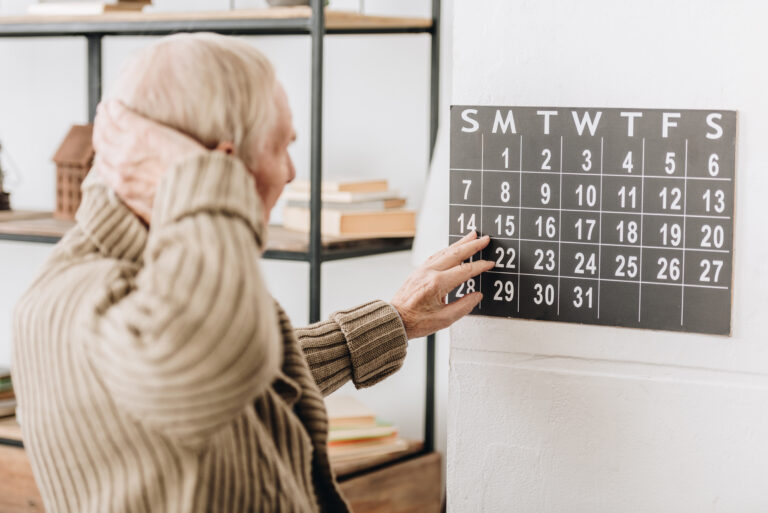Should I stretch first thing in the morning? This is a common question, especially for people who want to start their day feeling limber, energized, and ready to move. The answer isn’t a simple yes or no—it depends on your goals, your body, and how you approach stretching. Let’s break down the science, the benefits, the risks, and the practical tips so you can make an informed choice.
## What Happens to Your Body in the Morning?
When you wake up, your body has been relatively still for several hours. Your muscles and joints may feel stiff, and your range of motion can be limited. This is normal. Overnight, your body temperature drops, and your muscles cool down, which can make them feel tighter than usual. Some people call this “morning stiffness,” and it’s especially common as we get older or if we have certain health conditions.
## The Case for Morning Stretching
Stretching in the morning can help you wake up your body, improve your flexibility, and set a positive tone for the day. Gentle stretching increases blood flow to your muscles, which can help reduce that stiff feeling and make it easier to move. Over time, regular stretching—whether in the morning or at another time—can improve your range of motion, reduce muscle tension, and even help with relaxation[3]. If you sit a lot during the day, stretching in the morning can counteract some of the tightness that comes from prolonged sitting[6].
Stretching also has mental benefits. Taking a few minutes to stretch can help you feel more calm and focused, which might make it easier to tackle your daily tasks. Some people find that a morning stretch routine helps them establish a healthy habit and gives them a sense of accomplishment right at the start of the day.
## Potential Downsides of Stretching First Thing
While stretching in the morning has benefits, there are some things to watch out for. Your muscles are colder in the morning, which means they’re less elastic and more prone to injury if you stretch too aggressively. Static stretching (holding a stretch for a period of time) when your muscles are cold can sometimes lead to strains or pulls, especially if you push too hard.
Recent research has shown that static stretching, especially when done cold, may temporarily reduce muscle strength and power[4]. This is important if you plan to do activities that require strength or explosive movements later in the day. For athletes or people who exercise in the morning, a light warm-up (like walking or gentle movement) before stretching might be safer and more effective than jumping straight into deep stretches.
## What Do the Experts Say?
There isn’t a one-size-fits-all answer from medical authorities, but here’s what the evidence suggests:
– **Gentle stretching in the morning is generally safe** for most people, especially if you listen to your body and avoid overstretching[3].
– **If you have specific health conditions** (like arthritis, back problems, or recent injuries), talk to your doctor or a physical therapist before starting a new stretching routine.
– **For improving flexibility**, consistency matters more than timing. Stretching for a few minutes every day—whether in the morning, evening, or both—can lead to measurable gains in flexibility over weeks[2][5].
– **If you exercise in the morning**, consider doing a light warm-up before stretching to reduce the risk of injury and prepare your muscles for activity[4].
## Practical Tips for Morning Stretching
If you decide to stretch in the morning, here are some tips to do it safely and effectively:
– **Start slow**. Begin with gentle movements—like rolling your shoulders, turning your head side to side, or bending your knees—to wake up your body.
– **Focus on breathing**. Take deep, slow breaths as you stretch. This can help your muscles relax and increase the calming effect of stretching[3].
– **Avoid bouncing**. Use smooth, controlled movements. Bouncing while stretching (ballistic stretching) can increase the risk of injury.
– **Don’t push into pain**. Stretching should feel like a gentle pull, not sharp pain. If something hurts, ease up.
– **Combine with movement**. After stretching, try to move around—walk, do some light chores, or take the stairs. This helps maintain the benefits of stretching and keeps your body warm.
– **Be consistent**. Even a few minutes of stretching each morning can make a difference over time[5].
## When Might Evening Stretching Be Better?
Some people find that stretching at night helps them relax and sleep better. Evening stretching can be especially helpful if your muscles are warm from daily activity, which may make stretching safer and more effective[2]. Stretching before bed has been shown to lower stress hormones like cortisol, which can help you unwind and prepare for sleep[2]. If you have trouble sleeping, a gentle stretching routine in the evening might be worth trying.
## Special Considerations
– **Athletes and active individuals**: If you train or compete in the morning, focus on a dynamic warm-up (like jogging, jumping jacks, or sport-specific drills) before static stretching. Save deep static stretches for after your workout or later in the day[4].
– **Older adults**: Flexibility tends to decline with age, so regular stretching is important. However, older adults should be especially careful not to overstretch cold muscles in the morning.
– **Desk workers**: If you sit for long hours, stretching in the morning (and throughout the day) can help counteract stiffness and poor posture[6].
## How Long Should You Stretch?
You don’t need to spend a long time stretching to see benefits. Research suggests that improvements in flexibility can be achieved with as little as 4 minutes of stretching per muscle group per week[5]. Even a short routine of 5–10 minutes each morning can make a difference if you do it regularly.
## The Bottom Line
Stretching first thing in the morning can be a healthy habit for many people, as long as you approach it gently and listen to your body. It can help reduce stiffness, improve flexibility, and set a positive tone for your day. However, if your muscles feel very tight or cold, consider starting with light movement before stretching, and avoid pushing into pain. For some, stretching in the evening might be more effective, especially for relaxation and sleep. The most important thing is to find a routine that works for you and stick with it.
If you have any medical conditions or concerns, it’s always a good idea to check with a healthcare professional before starting a new stretching routine.
[1] keytolife.net.au/benefits-of-morning-workouts
[2] vsaworld.com/blog/the-benefits-of-stretching-every-day-before-sleep
[3] hingehealth.com/resources/articles/static-stretching
[4] frontiersin.org/journals/physiology/articles/10.3389/fphys.2025.1622669/full
[5] droracle.ai/articles/402548/is-there-a-time-recommended-for-stretching-to-get-benefits-15-minutes-a-day-is-ok
[6] timesofindia.indiatimes.com/life-style/health-fitness





